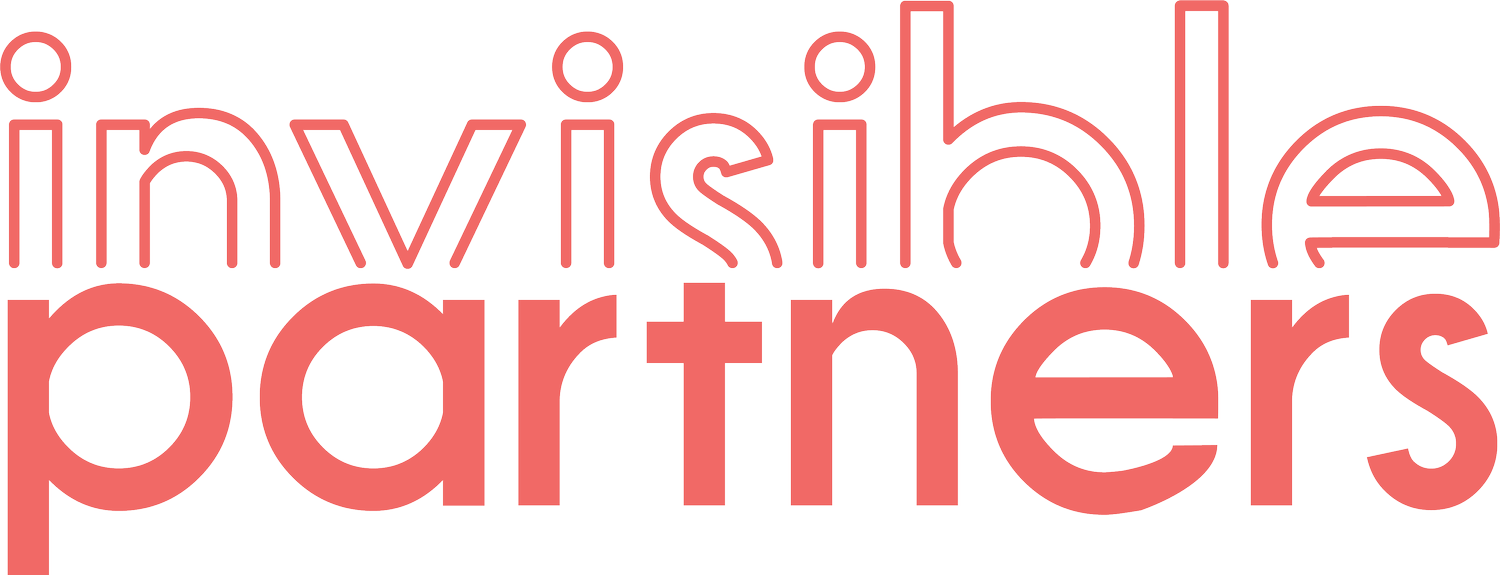Lasting effects of Covid on workplace culture
Why “Back to Normal” Shouldn’t Be the Goal
During the pandemic, we didn’t just experiment with remote work - we cracked open a new view of what work could be. And while many leaders are tempted to get back to the way things were, others are asking better questions:
What did we learn?
What do our people need now?
And what kind of workplaces are we building next?
We sat down with Kirstin Schneider, former HR executive turned management consultant, to explore what lasting impact COVID-19 is having on how we work, lead, and support our teams. Spoiler: it’s not just about Zoom calls.
1. We’ve Finally Seen the Whole Person - Let’s Not Unsee Them
During lockdowns, we entered each other’s living rooms. We met colleagues’ kids, saw their dogs, and witnessed the reality of life behind the job title.
This visibility wasn’t just a novelty - it was a necessary shift in how we understand and value people.
“We employ whole humans, not just job descriptions. The more we acknowledge the full picture, the better we can build workplaces that actually support them.”
As Kirstin put it, every person in your business has more to offer than their position description lets on. Recognising that humanity isn’t just good for culture - it’s good for business.
2. Flexible Work Isn’t a Perk Anymore - It’s a Baseline Expectation
The pandemic proved something many of us suspected: outcomes matter more than hours at a desk.
Yes, working from home wasn’t perfect. But we learned that productivity doesn't require presence. And for some people - especially those with caregiving needs or disabilities - it opened up new levels of participation.
“Let’s not treat flexible work as a failed experiment just because it happened during a crisis. The context was flawed, but the value is clear.”
Post-COVID, smart companies will cherry-pick the best of both worlds: in-person collaboration and the autonomy that remote work provides.
3. Your Values Will Be Tested - and Remembered
Every business made decisions during the pandemic that revealed what they really stood for.
Some retained staff, found creative ways to keep people engaged, and showed generosity in tough times. Others defaulted to short-term cuts.
“The companies who stayed close to their values will be remembered - not just by their teams, but by the talent market too.”
Values can’t just be statements on a wall. They must guide hard decisions - especially when times are tough.
4. HR and CEOs Need to Be on the Same Page
COVID collapsed the idea that culture and business performance are separate. The most agile organisations were the ones where HR and executive leadership worked side by side to:
Reassess the business model
Rethink people structures
Prepare for a shifting customer base
This isn’t just an HR conversation - it’s an enterprise one.
“HR leaders should not be rewinding the clock to how things used to be. This is a once-in-a-generation opportunity to redesign work to suit what people can do, not just what their titles say they do.”
5. Self-Care Isn’t Optional - Especially for Leaders
People in HR and leadership roles spent much of the pandemic looking after everyone else. But who was looking after them?
“You can’t lead well if you’re running on empty. Boundaries, energy reserves, and moments of gratitude are essential.”
Kirstin encourages leaders to:
Be aware of the stories they tell themselves (watch out for catastrophising)
Refill their own energy tanks
Be present with their teams, rather than multitasking through stress
You can't support others effectively if you're burnt out.
6. The New Normal Isn’t Just About Where We Work. It’s About How We Work.
This moment in time showed us that:
Productivity doesn’t always mean more hours
Empathy is a leadership skill, not a soft skill
Trust is earned through flexibility, not policies
It also reminded us of something powerful:

